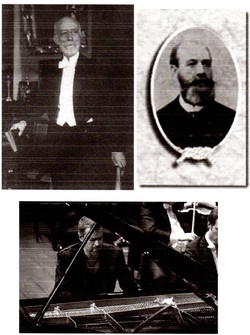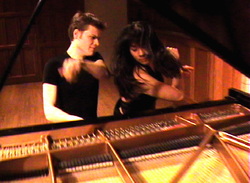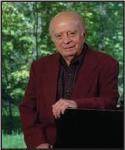Sunday, February 22, 2015 at 2pm
Old First Church
1751 Sacramento Street at Van Ness Avenue, San Francisco
Program:
Ballade #1 in G minor op. 23
Corey McVicar
Nocturne in C-sharp minor op. posth.
Mazurka in C-sharp minor op. 50#3
Jacqueline Divenyi
Scherzo #2 in B-flat minor op. 31
Robert Schwartz
Nocturne in F minor op. 55#1
Ballade #2 in F major op. 38
William Wellborn
First Intermission
Ballade #3 in A-flat major op. 47
Gwendolyn Mok
Polonaise-Fantasie op. 61
Nancy Lee Harper
Ballade #4 in F minor op. 52
Hanson Tam
Second Intermission
Berceuse op. 57
Barcarolle op. 60
Mack McCray
12 Preludes from op. 28
C major Agitato
A minor Lento
G major Vivace
E minor Largo
D major Molto allegro
B minor Lento assai
C-sharp minor Molto allegro
B major Vivace
B-flat major Cantabile
G minor Molto agitato
F major Moderato
D minor Allegro appassionata
Daniel Glover
Andante Spianato and Grand Polonaise op. 22
Heidi Hau
Old First Church
1751 Sacramento Street at Van Ness Avenue, San Francisco
Program:
Ballade #1 in G minor op. 23
Corey McVicar
Nocturne in C-sharp minor op. posth.
Mazurka in C-sharp minor op. 50#3
Jacqueline Divenyi
Scherzo #2 in B-flat minor op. 31
Robert Schwartz
Nocturne in F minor op. 55#1
Ballade #2 in F major op. 38
William Wellborn
First Intermission
Ballade #3 in A-flat major op. 47
Gwendolyn Mok
Polonaise-Fantasie op. 61
Nancy Lee Harper
Ballade #4 in F minor op. 52
Hanson Tam
Second Intermission
Berceuse op. 57
Barcarolle op. 60
Mack McCray
12 Preludes from op. 28
C major Agitato
A minor Lento
G major Vivace
E minor Largo
D major Molto allegro
B minor Lento assai
C-sharp minor Molto allegro
B major Vivace
B-flat major Cantabile
G minor Molto agitato
F major Moderato
D minor Allegro appassionata
Daniel Glover
Andante Spianato and Grand Polonaise op. 22
Heidi Hau






 RSS Feed
RSS Feed